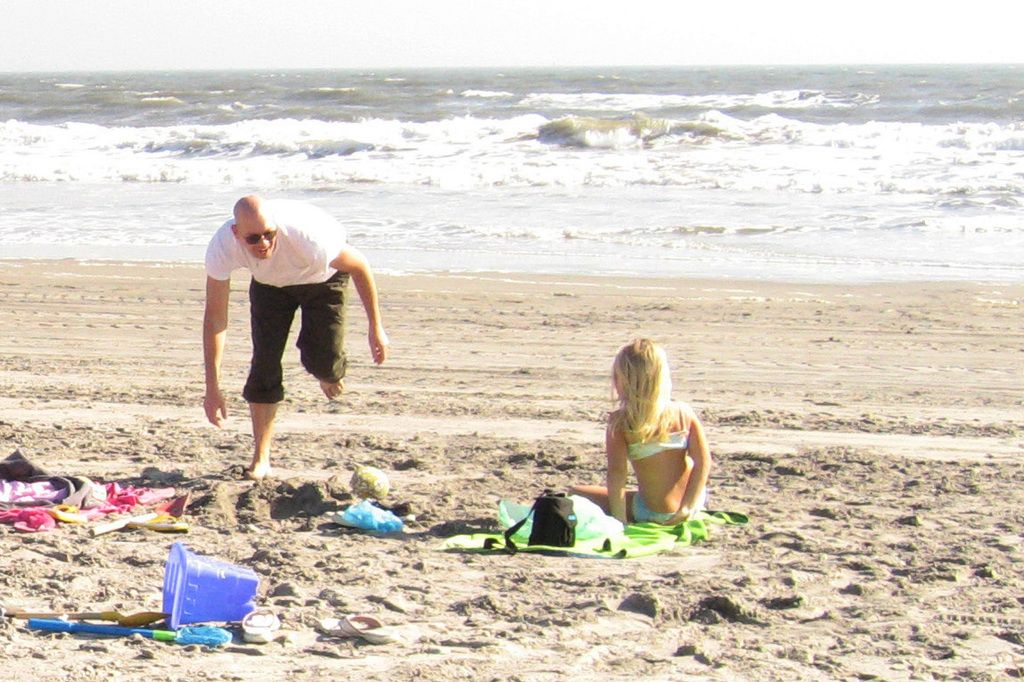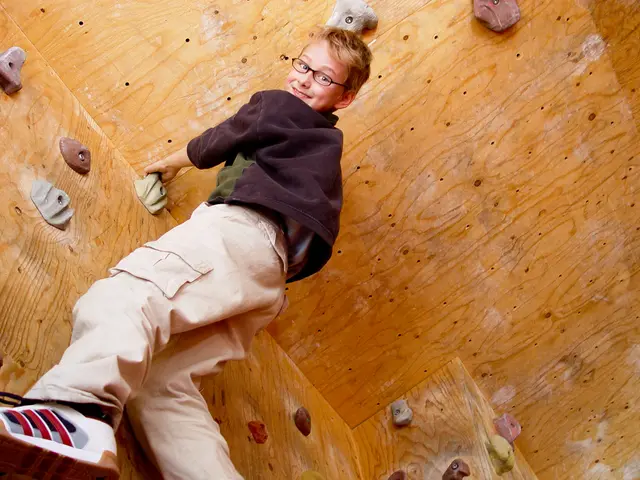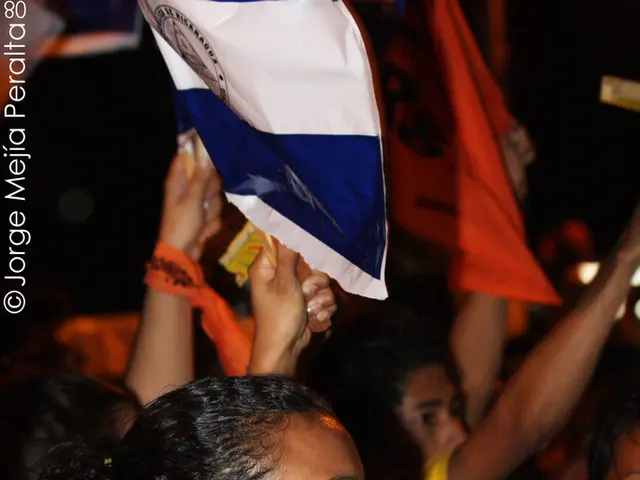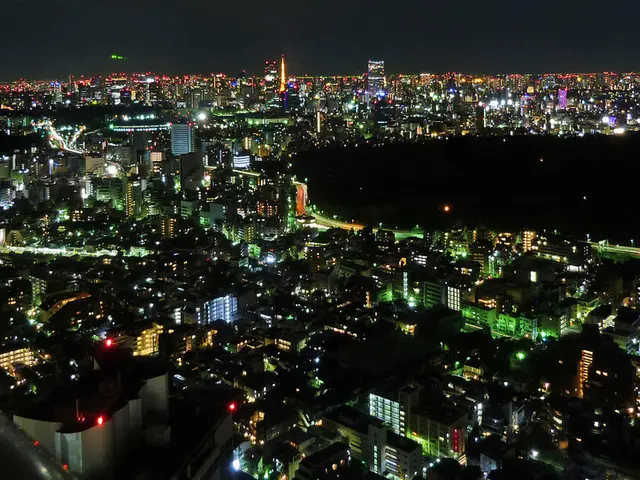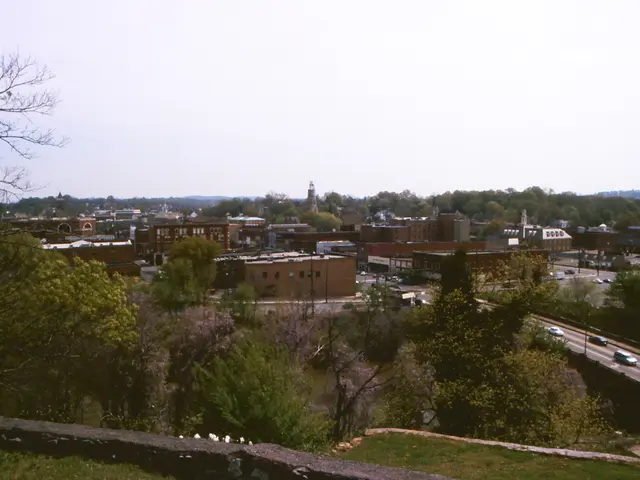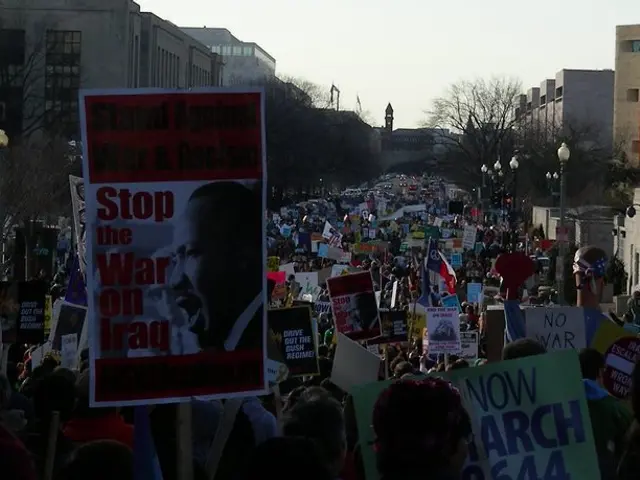Kuwaitis execute Eid Al-Adha religious rituals with enthusiasm and joy
Crowds of Kuwaitis swarmed mosques, squares, youth centers, and sports stadiums throughout various governorates on Friday morning, answering the call to assemble for the Eid al-Adha prayer. This spiritual gathering was ripe with enthusiasm, peace, and joy — a testament to the deep-rooted faith and camaraderie that defines this Kuwaiti community.
The atmosphere was created not just by the faithful flocking together but also by the time-honored traditions that surround Eid Al-Adha, the Feast of Sacrifice. In this celebration, Muslims across Kuwait come together to perform special congregational prayers, known as Eid prayers, in open spaces or large mosques. It's all about unity and community.
However, the festivities don't stop there. After the heartfelt prayers, an age-old tradition unravels: the ritual sacrifice of livestock, typically sheep or goats. This significant act commemorates Prophet Ibrahim's (Abraham) obedience to God's command. The meat from this sacrifice is later shared among loved ones, the less fortunate, and the community at large.
Post prayers, public spaces such as Mubarakiya Market transform into hubs of activities. There, you'll find a smorgasbord of traditional foods, cultural performances, and social gatherings — a reflection of the locals' rich cultural heritage.
What sets Eid Al-Adha apart in Kuwait is the five-day public holiday established by the government. Citizens can immerse themselves fully in the celebrations, spending quality time with their families and enjoying their cultural heritage.
Eid Al-Adha represents more than just a religious holiday. It carries the spirit of selfless sacrifice and renewal, encouraging acts of charity and community service across the nation. Traditional dishes and cultural events further enrich the festive atmosphere, fostering a sense of pride and identity among Kuwaitis.
Travelers exploring Kuwait during Eid al-Adha can experience a unique blend of lifestyle and tradition. Integral to the festivities is cultural travel, involving participation in special congregational prayers, vibrant market activities, and tasteful exploration of local cuisine and performances.
